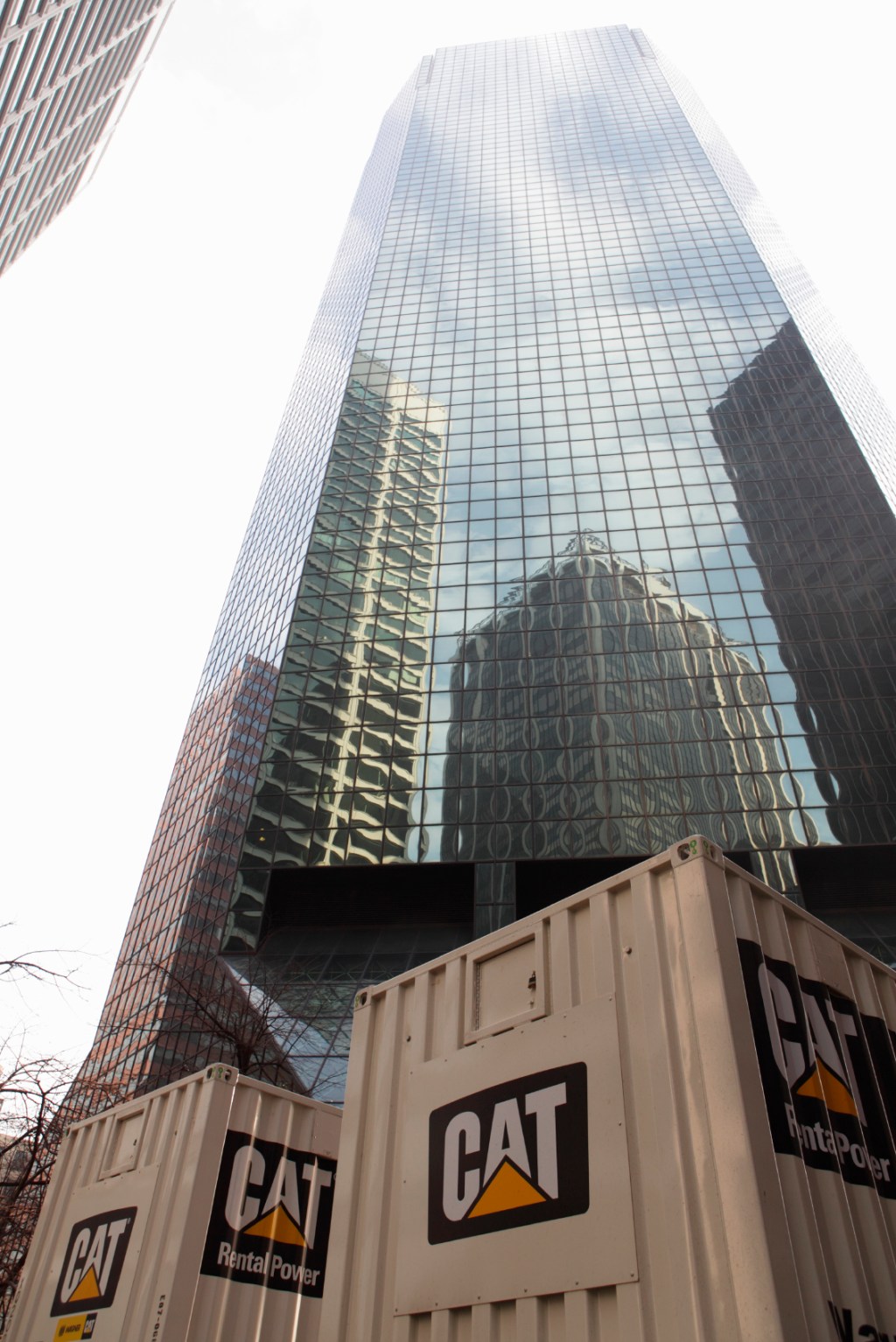Still Recovering
Sandy's lasting impacts
Seven months after Hurricane Sandy barricaded into the East Coast, New York and surrounding areas are still reeling from the impact. The massive superstorm left an indelible mark on a number of buildings and infrastructure projects, and reverberations of the damages will also affect many future developments. At the New York State Association for Affordable […]

